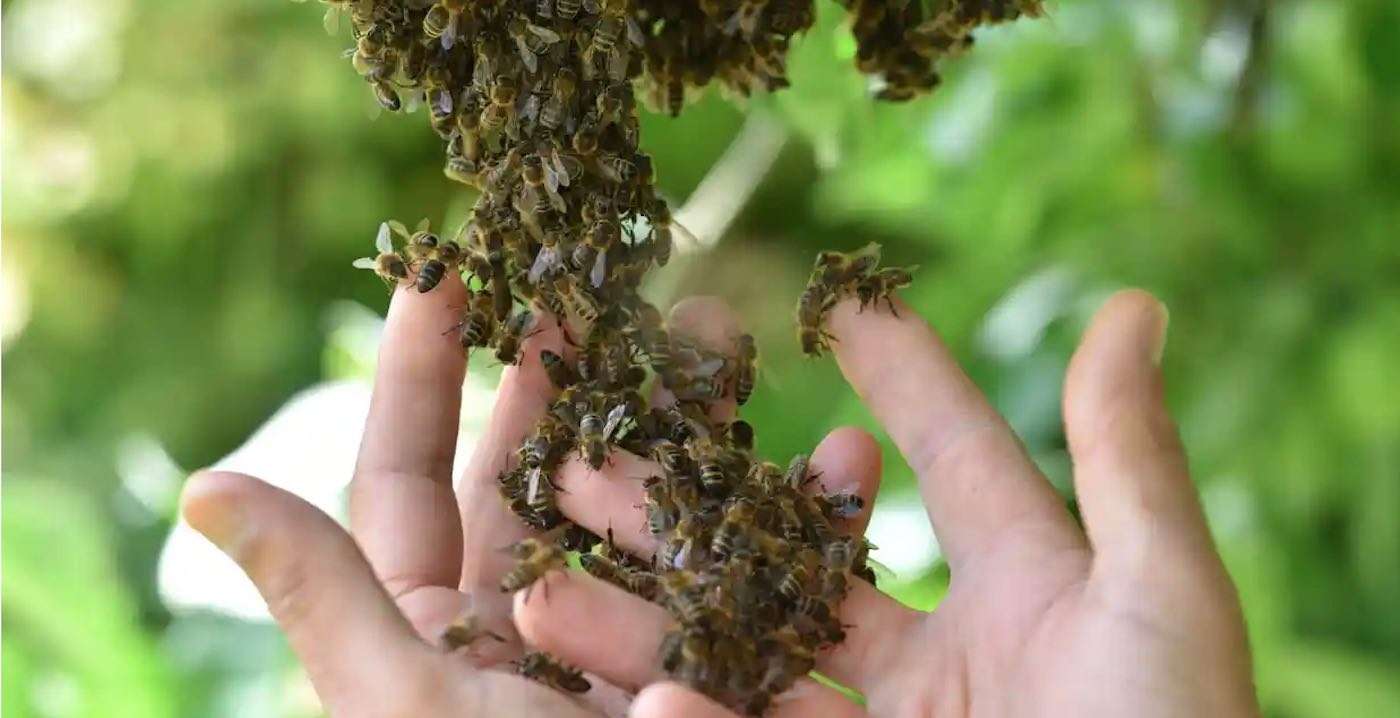Monarch Butterflies Employ a Sun Compass on Their Long-Distance Migration
A University of Würzburg study has found that Monarch butterflies employ a sun compass on their long-distance migration.

Even in a place as populated and developed as southeast England, there are still ecological surprises waiting for those willing enough to be patient and wander far enough.
800,000 native honeybees, which some thought to be extinct, were found in an ancient oak woodland at Blenheim Palace in Oxfordshire, England. Experts said they could be the last remaining descendants of the British isle's original forest honeybee populations.
If true, this would represent one heck of a second chance for the subspecies—because they are thriving.
The insects were found living in the hollow of some oak trees—typical for this forest bee species. The hollow was tiny, and quite high in elevation. Curiously, there had been no record of any bees living in Blenheim before, and immediate thoughts turned to escaped swarms of domesticated bees from nearby hives.
A bee-keeping veteran with more than 40 years experience, Filipe Salbany, would end up finding 50 separate colonies of bees in the estate's forest. The grounds have had no gardening activity and the property isn't open to the public, so this has truly been a ‘rewilding' area.
He's convinced they belong to the subspecies that probably should be called ‘Ye Olde Englishe Bee.'
"A wild bee that has adapted to the environment is called an ecotype, and this bee could be a very precious ecotype—the first wild bee that is completely adapted to living in the oak forest," Salbany told the Guardian.
Smaller, darker, and furrier than imported European honeybees, the hermit hive members also displayed a resistance to temperatures as low as 39 °F (4 °C), about ten degrees lower than what causes normal bees to stop flying. The low temps also ward off the bee's nemesis, the Varroa mite.

"They are not from the imported stocks of bees that people bring in. The wings are smaller and their veins are very distinct," says Salbany, who has almost finished his physical examinations. "They have had no treatment for the varroa mite—yet they're not dying off."
The woods are a paradise of biodiversity, and no managed hives within the 400 acre estate are the main reasons which Salbany is giving for why the bees have likely remained strong through at least 200 years of history, that figure being the chronological age of the oldest tree-hollow hive found so far.
Featured image: Danny Perez, CC license
HELP Those News Feeds Buzz With Good News; Share This Story…
Be the first to comment